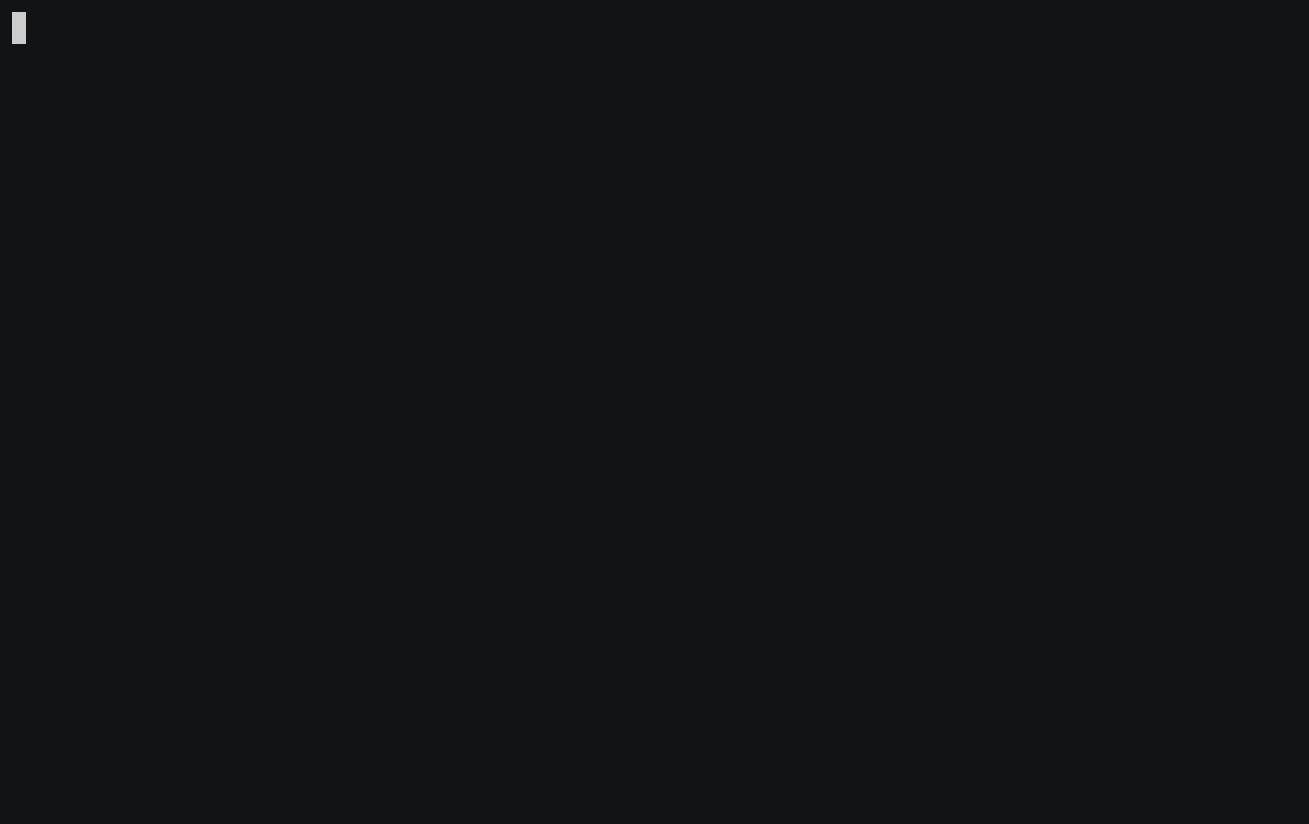Local Setup
Overview
In this tutorial, you will learn how to set up the Gno development environment locally, so you can get up and running writing Gno code. You will download and install all the necessary tooling, and validate that they are correctly configured to run on your machine.
Prerequisites
- Git
make(for running Makefiles)- Go 19+
- Go Environment Setup:
- Make sure
$GOPATHis well-defined, and$GOPATH/binis added to your$PATHvariable. - To do this, you can add the following line to your
.bashrc,.zshrcor other config file:
- Make sure
export GOPATH=$HOME/go
export PATH=$GOPATH/bin:$PATH
1. Cloning the repository
To get started with a local Gno.land development environment, you must clone the GitHub repository somewhere on disk:
git clone https://github.com/gnolang/gno.git
2. Installing the gno development toolkit
Next, we are going to build and install the gno development toolkit.
gno provides ample functionality to the user, among which is running, transpiling, testing and building .gno files.
To install the toolkit, navigate to the gnovm folder from the repository root, and run the build make directive:
cd gnovm
make build
This will build out the necessary gno binary into the gnovm/cmd sub-folder:

Next, to make development easier, we need to make the binary available system-wide.
From the same gnovm sub-folder, you can run:
make install
To verify the gno binary is installed system-wide, you can run:
gno --help
You should get the help output from the command:

Alternatively, if you don't want to have the binary callable system-wide, you can run the binary directly:
go run ./cmd/gno --help
3. Installing other gno tools
The next step is to install several other tools that are required for the Gno development environment, like
gnoland- the Gno blockchain nodegnokey- the Gno private key managergnoweb- the Gno source code viewergnofaucet- the Gno native currency faucet
To build these tools, from the root directory navigate to the gno.land sub-folder, and run the build make
directive:
cd gno.land
make build
This will build out the necessary binaries into the gno.land/cmd sub-folder:

Same as with the gno tool, we can make these binaries available system-wide.
From the same gno.land sub-folder, you can run:
make install
To verify that, for example, the gnokey binary is installed system-wide, you can run:
gnokey --help
You should get the help output from the command:

Conclusion
That's it 🎉
You have successfully built out and installed the necessary tools for Gno development!
In further documents, you will gain a better understanding on how they are used to make Gno work.